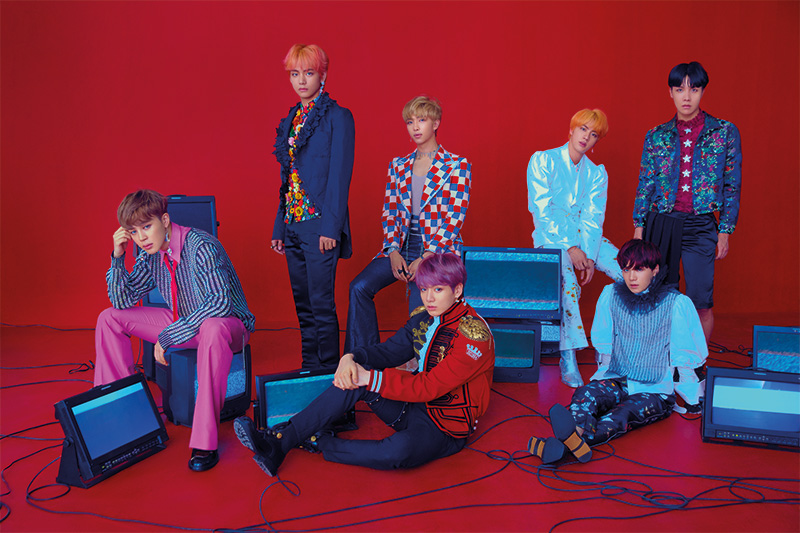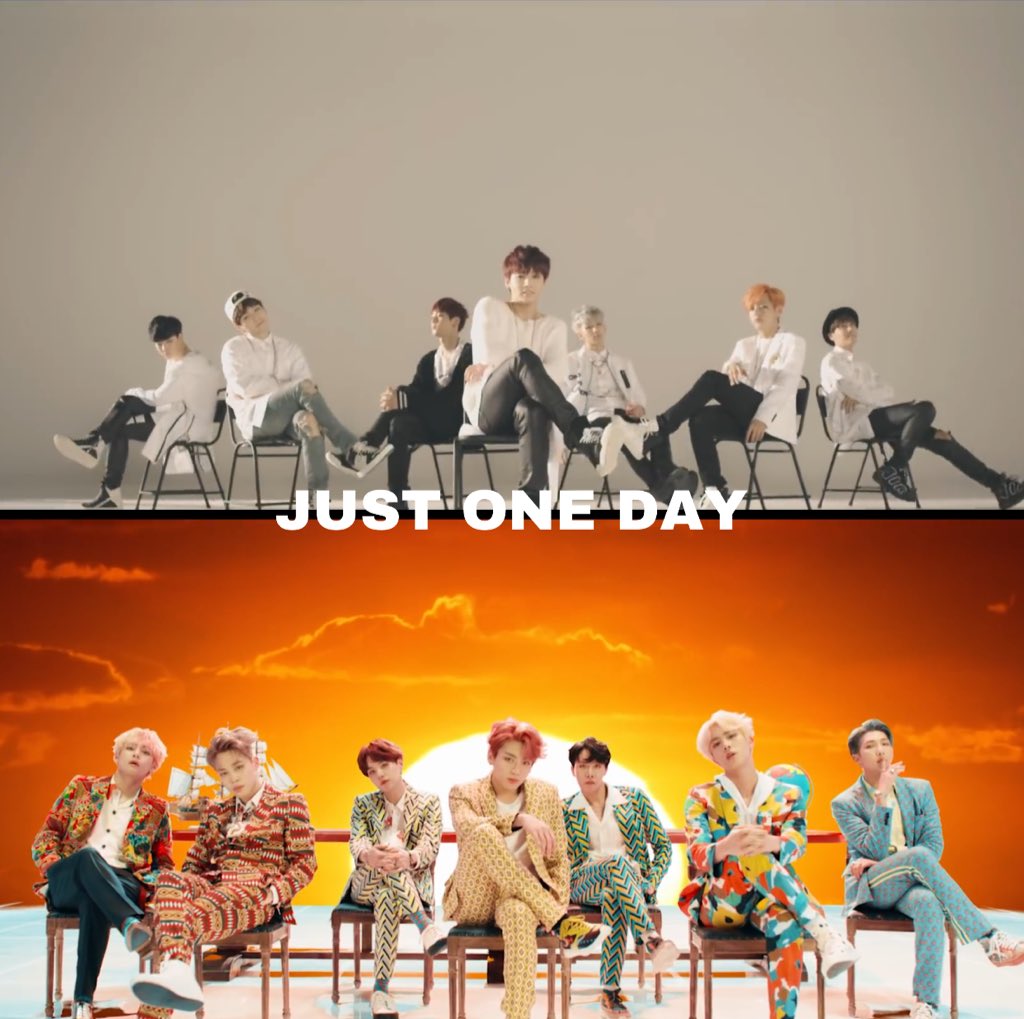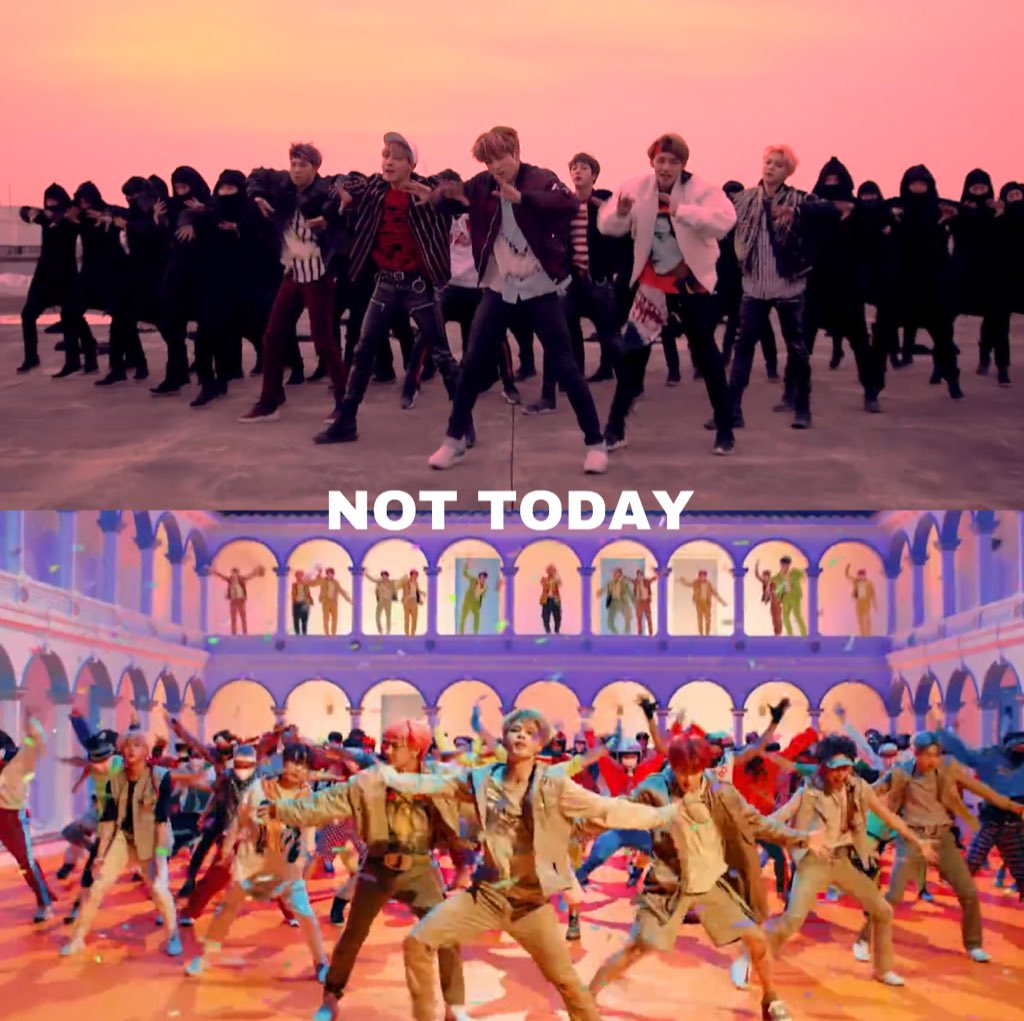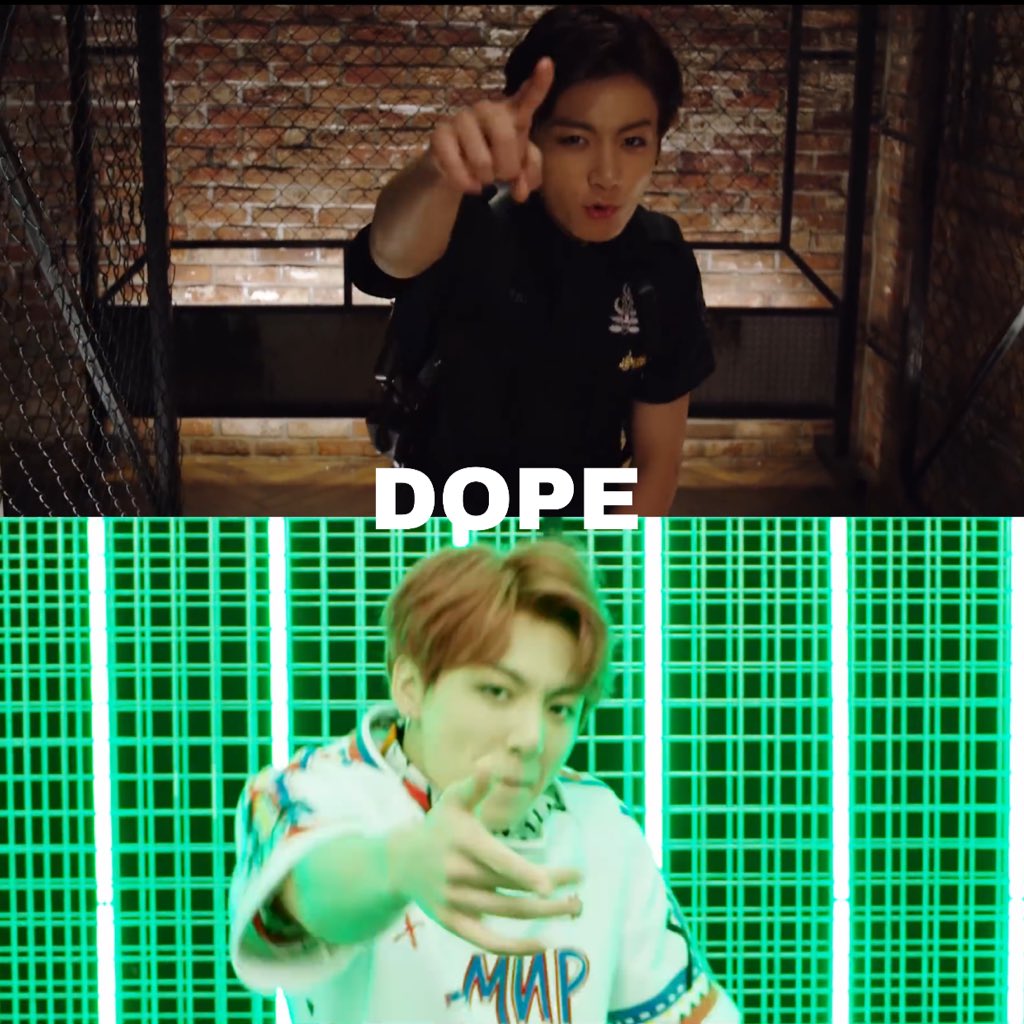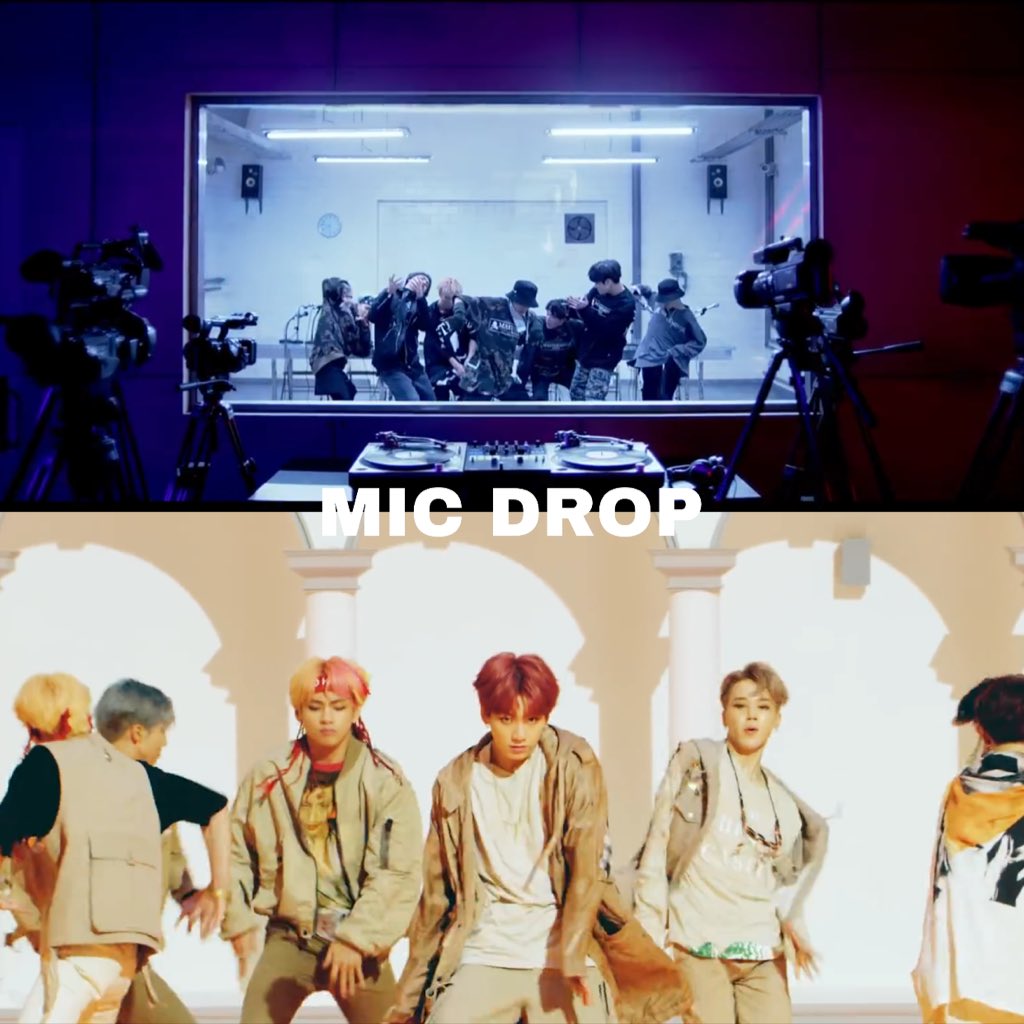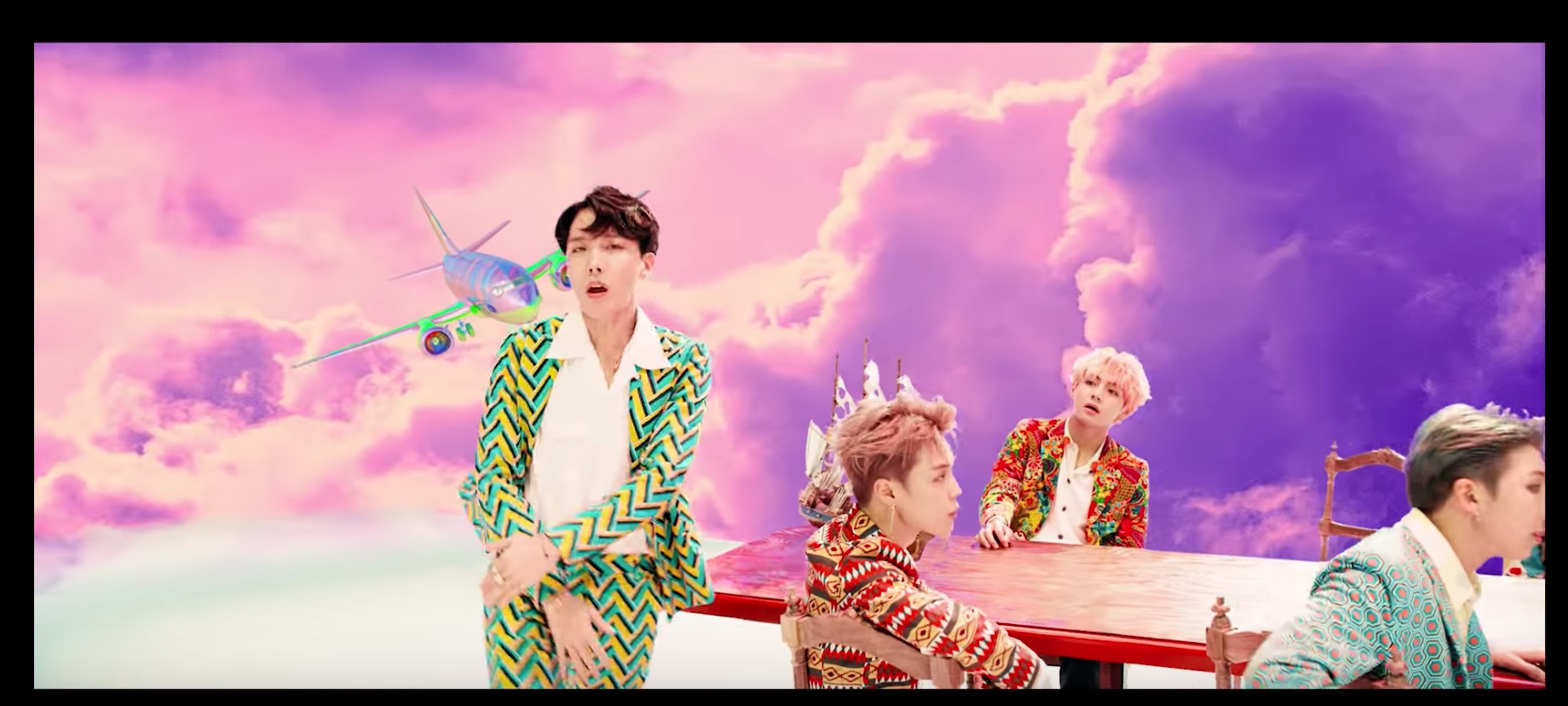Decoding all the references in BTS’s “IDOL”
Did you spot all the easter eggs?
Here are a few you might have missed...
Image: BigHit Entertainment
BTS’s latest album “Love Yourself: Answer” was released on Friday. But that was not the only event for ARMYs. “IDOL” MV came out and Nicky Minaj made a collaboration with BTS for digital only version of it.
“IDOL” is a celebration of BTS and all they’ve come to stand for. It has an interesting mix of traditional Korean rhythms from percussion instruments such as the ggwenggari, jing and janggu and South African house music beats.
BTS "IDOL " Cultural References
1. The lyrics also contain century-old Korean “response words” such as:
Ulssu
Dunkiduk kungduruhruh
It is a word used in Pansori—a Korean musical storytelling tradition from the Joseon Dynasty. The music is performed by a singer and a drummer. While the singer chants the story the drummer responds with “얼쑤” or “Ursoo,” romanized as “Eolssu.” English equivalent terms are “uh-huh,” “okay,” “That’s right” and “Yep.”
It is an onomatopoeia of Korean drums in traditional songs. Which apparently RM already sang a part of in the summer package.
STFUFU NAMJOON ALREADY SANG A PART OF IDOL IN SUMMER PACKAGE pic.twitter.com/lsvgx6azFp
— bts texts (@texts_bts) 22 August 2018
2. The lions represent both a Korean and a Afro-Brazilian tradition:
my initial thought was that's a modern version of the traditional lion mask in korean festivals! i guess they were paying tribute to both cultures at the same time! pic.twitter.com/Qi17YVvDR0
— 猫 (@meovvtan) 24 August 2018
3. They do the "Gwara Gwara" dance which was also featured in Childish Gambino's "This is America"
Yes Yes I saw #BTS do the AFRICAN dance. lol Its called "Gwara Gwara" its LIT!!! It's from south AFRICA and BTS probably got it from Childish Gambino "This is America"https://t.co/Uy6XhABajS
— BRISxLIFE (@BRISxLIFE) 24 August 2018
4. The moon rabbit
There are many legends around the world about this rabbit. It has been a popular Chinese legend for many centuries, has appeared in traditional Native American stories, and was even discussed during the Apollo 11 moon landing mission.
the 'MOON RABBIT'
— jayce 結 IDOL (@jayceinurarea) 24 August 2018
"as though it had been bruised. Upon which the moon went out to light the world."
although Bangtan has gone through a lot as an #IDOL, they still serve as our light. 💜
IVE GOT THE ANSWER YALL#AnswerIsHere @BTS_twt pic.twitter.com/fD5qKgRHQk
5. The Han character '囍' on top of the "Gyeonghoeru" pavilion:
囍
Sino-Korean word from 囍 (“double happiness”) from 喜 (happiness). Hangeul form: 희.
It is a Chinese traditional ornament design, commonly used as a decoration and symbol of marriage.
The "Gyeonghoeru" pavilion was used for entertainment when important foreign visitors visited the palace.
the sign above is '囍', also know as '双喜' (shuang xi) which is literally translated to double happiness. i guess this specific architecture may represent true happiness for them? idk man interpret it however, i'm quite done with all the theories 😭 #AnswerIsHere pic.twitter.com/VLwuYRZhWa
— 猫 (@meovvtan) 24 August 2018
BTS "IDOL" - BTS References
1. The word Love
사랑
"Love" in Korean translates to "사랑" (sarang). This is refering to BTS's last three albums "Love Yourself: Her", "Love Yourself: Tear" and "Love Yourself: Answer"
